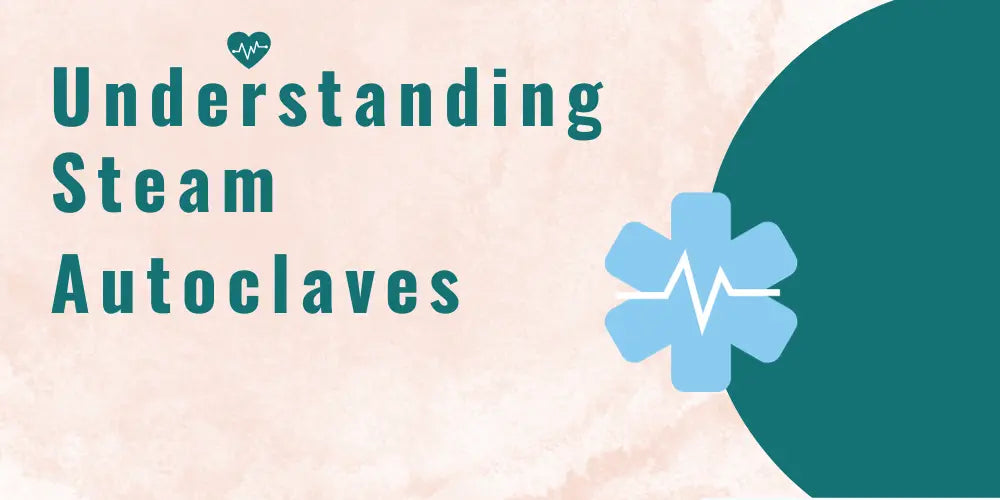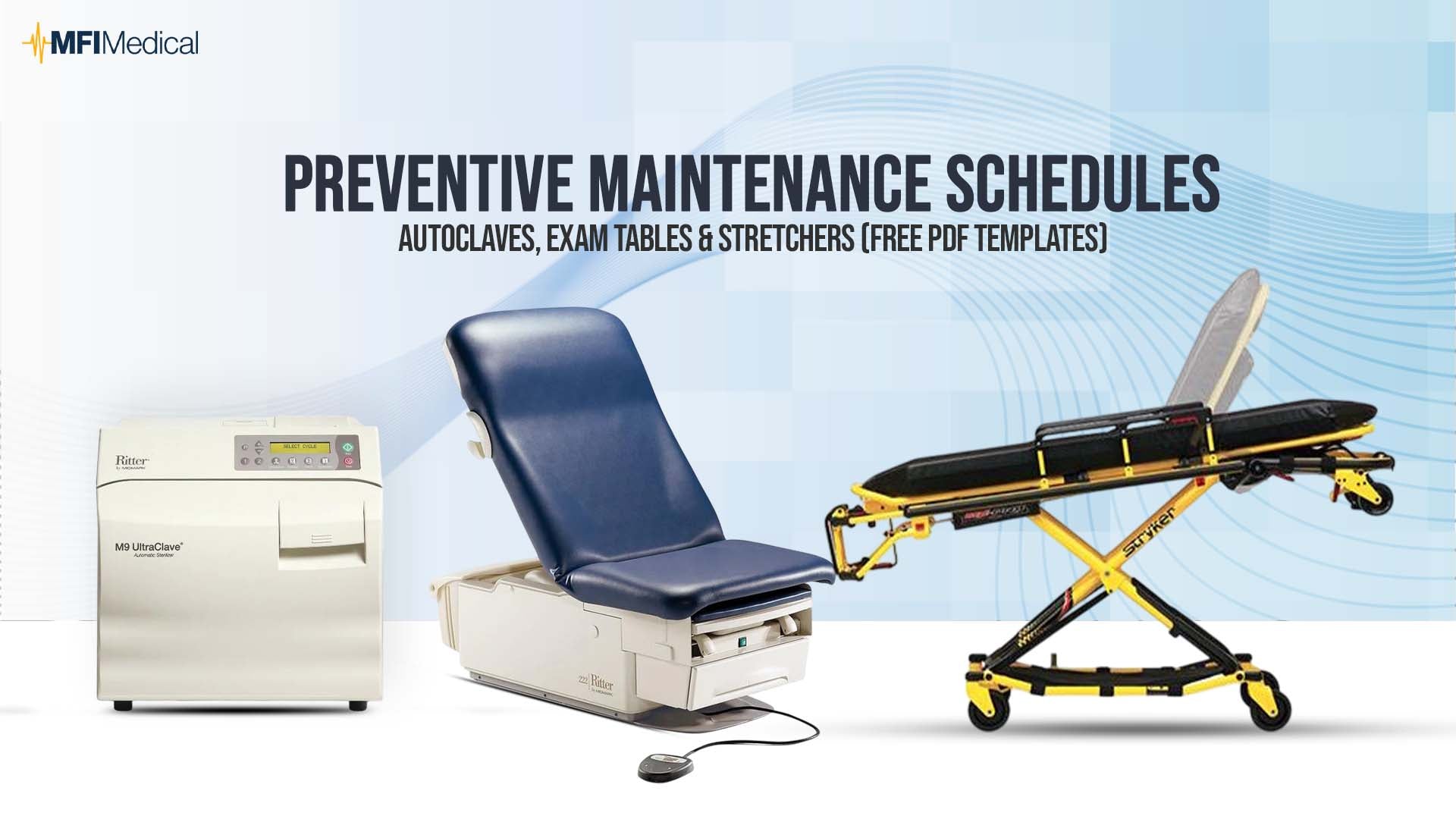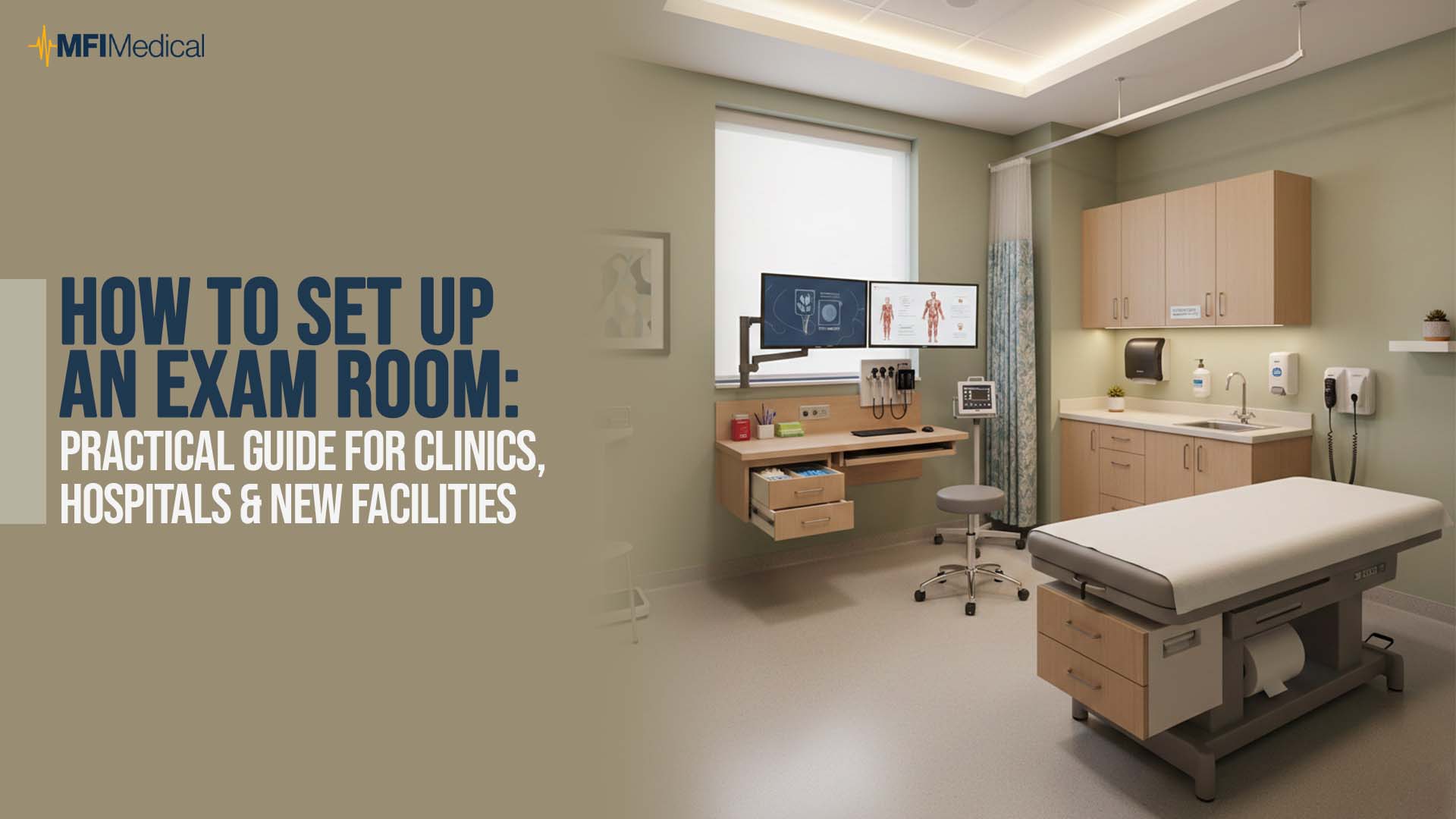Autoclaves play an indispensable role in sterilizing instruments, ensuring they're free from microorganisms and safe for medical and laboratory use. But did you know that not all autoclaves are created equal? Based on their working principles and functionality, steam autoclaves are primarily classified into three types: Class N, Class B, and Class S. In this article, we'll delve deep into each type and their respective advantages and disadvantages. Additionally, we'll provide examples of each class from renowned brands like Tuttnauer, Midmark, Ritter, and CPAC, available on MFI Medical.
Class N Autoclaves

Pros:
- Simplicity: Ideal for sterilizing solid, un-wrapped instruments.
- Cost-Effective: Generally less expensive than Class B and Class S autoclaves.
- Suitable for most general dental, medical, and veterinary practices.
Cons:
- Limited Use: Not suitable for porous loads, hollow instruments, or wrapped items.
- Longer Cycle Times: Often, Class N autoclaves take longer to complete their cycles.
Example:
- Tuttnauer 3870EA Large Capacity Automatic Autoclave: The 3870EA is Tuttnauer's largest table top autoclave. It is perfect for multi-practitioner practices, clinics, or surgery centers. It's large chamber accommodates longer instruments or a large number of small instruments. It has the capacity for 15 full size IMS cassettes. The steam pressure autoclave can also be used in busy group practices, emergency clinics, nursing homes, veterinary clinics, and small hospitals.
Class B Autoclaves
Pros:
- Versatility: Can sterilize solid instruments, porous loads, hollow instruments, and wrapped items.
- Efficient Cycles: Features vacuum cycles that ensure steam penetration, leading to faster and more efficient sterilization.
- Suitable for more complex dental, medical, and surgical instruments.
Cons:
- Higher Price Point: Generally more expensive than Class N and Class S autoclaves.
- Energy Consumption: Might consume more energy due to its vacuum cycles.
Class S Autoclaves

Pros:
- Intermediate Functionality: More versatile than Class N but less so than Class B. Can sterilize solid instruments, some porous loads, and specific hollow instruments.
- Adaptability: Offers pre-programmed cycles for different types of loads.
- Suitable for more specialized dental and medical practices.
Cons:
- Limited Versatility: Cannot handle all types of hollow instruments or wrapped items like Class B can.
- Price: Often more expensive than Class N but less than Class B.
Example:
Tuttnauer T-Edge 10 or Tuttnauer T-Edge 11 Autoclave: The T-Edge 11 is available in a Class B and Class S model, each with unique features. The Class B model comes with a Virus Protection Shield cycle, which heats the trays up to 180° for 15 minutes. This method eliminates bacteria, viruses, and fungi - including coronavirus - for more thorough sterilization. This model uses a pre/post vacuum method that won't exhaust air in the chamber during the procedure. The Class S model utilizes a gravity steam sterilization method. If customers currently have the Class S model and wish to upgrade to Class B (Pre/Post Vacuum version), the autoclave can be updated via the USB Software Update (#T-EDGE CLASS B SW UPGRADE), to add the features of the Class B model.
To explore a wider range of autoclaves and sterilizers, whether you're interested in Tuttnauer, Midmark, Ritter, CPAC, or other leading brands, head over to MFI Medical's Autoclaves and Sterilizers collection.
Summary
In summary, the choice of autoclave classification depends on your specific needs, types of instruments, and budget. While Class N serves basic sterilization needs, Class B and Class S autoclaves cater to more complex requirements with varying degrees of versatility. Always ensure that you choose the autoclave that aligns with your practice's sterilization demands for optimal results.




